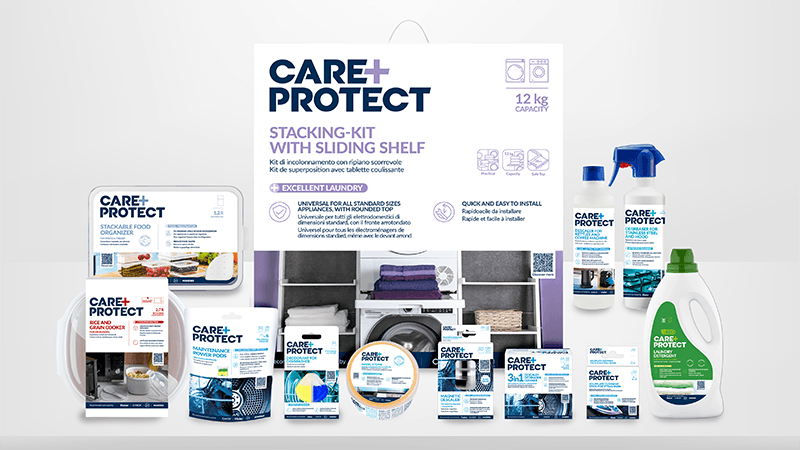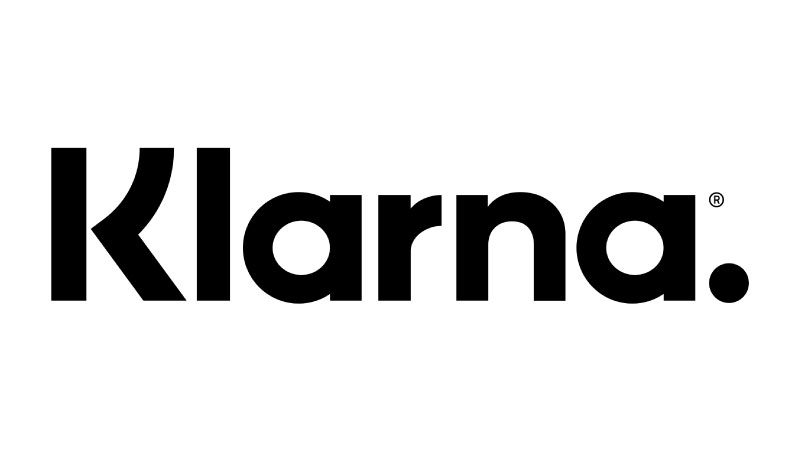
Humidity zones, fridge management and how to store food
Modern fridges are even better than ever at safely storing food and keeping it at the perfect temperature for maximum freshness. This is mostly thanks to innovation but it’s also thanks to perfectly engineered features.
Haier fridges are full of these features, including humidity control systems for freshness, dual inverter compressors for efficiency and even reversible doors so you can place your appliance anywhere in your home.
One of the almost helpful additions are the humidity areas in your fridge. These normally take the form of drawers – and they’re also known as crispers. They’re great for keeping fruit and veg fresh enough for you to use whenever you need it.
In this blog, we’re going to take a look at what humidity zones are, how they work and how to make the most use of yours.
What are humidity drawers?
Pioneered by Haier, humidity drawers are sections designed to maintain a set humidity level which is perfect for fruit, vegetables and other specific food types.
They work by changing and maintaining the air flow to certain sections of the fridge, allowing you to manage the humidity levels throughout.
Higher settings – which are settings that allow for more humidity – mean the airflow is minimised in the fridge – the foods will produce their own gasses and ripen and decay naturally. Lower settings – settings that reduce humidity – will allow more air out, letting the gasses in particular out and bringing humidity down.
These different settings should be used for different food types.
Certain models of Haier fridges feature Humidity Zone drawers, which can keep fruit and vegetables fresh for up to two times longer* using the Humidity Control System technology – a plant fibre membrane. This membrane manages moisture levels in the drawer, balancing them at 90% to prevent condensed water from forming.
What food should I put in high humidity drawers?
You should store food that is ethylene-sensitive in high humidity environments. This is produce that will keep better when it’s stored somewhere with higher humidity.
In general terms, that means any food that can wilt – so think fresh herbs for example or things like lettuce. You’ll also want to keep any thin-skinned fruit and veg in high humidity areas – for example, strawberries and raspberries for example.
What food should I put in low humidity drawers?
Any food that will go off quickly should go in a low humidity drawer. The dryer air prevents the moisture from causing the rot, which means you’ll get fresher food for longer.
This essentially means something that’s got thicker skin – for example, peaches, melons and pears.
Why you shouldn't set your humidity drawers on the middle settings
It might be tempting to think that setting your humidity drawers on the middle settings will help get you the best of both worlds but this unfortunately isn’t true.
Placing the dial onto the middle settings for your humidity areas will only mean that produce prone to go off will do so quicker and produce that wilts and loses its freshness will decay faster.
Generally keep the settings on either side and you’ll be enjoying food that keeps fresher for longer.
Another useful tip is that you’ll want to be keeping your humidity drawers cleaned every two weeks or so. This will help you avoid cross-contaminating different kinds of food, something which is especially important if you’re thinking about keepings meats and cheeses in your drawers as well as fruit and vegetables.
We hope this guide to humidity drawers has helped you make the most of your fridge’s features.
If you’re looking to buy a new fridge, be sure to take a look at the Haier range, available now and including a number of options with humidity zones built in.
*as certified by VDE N° ID.40046454



